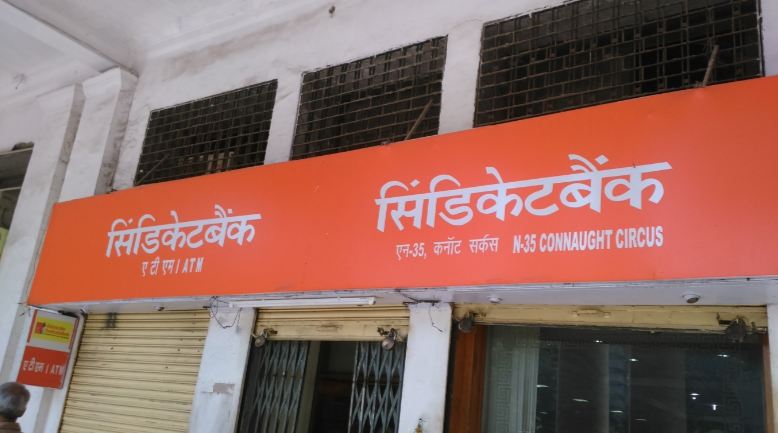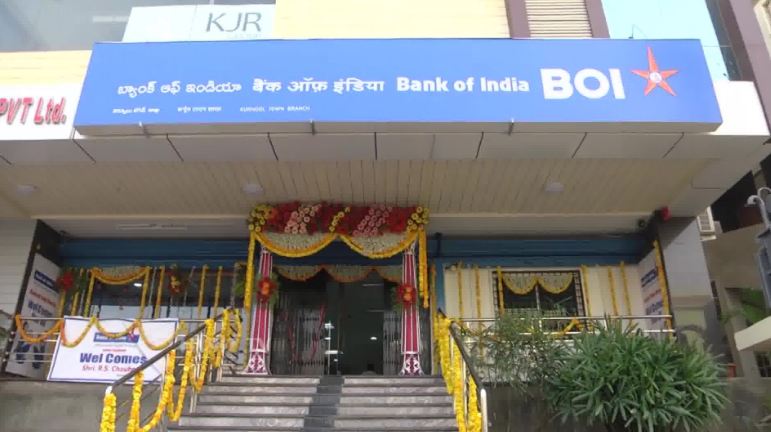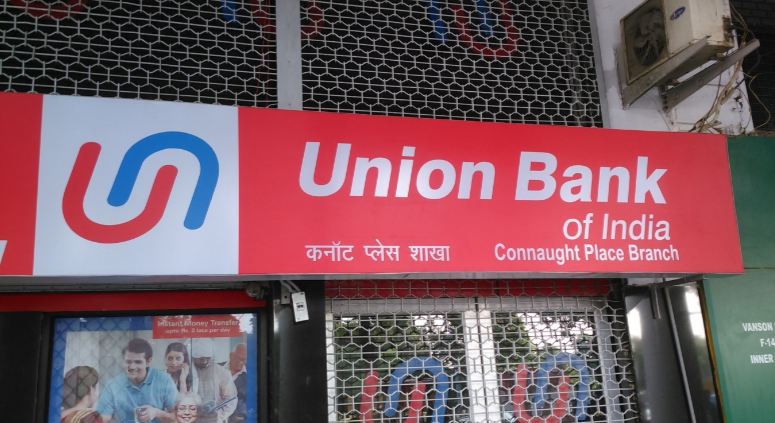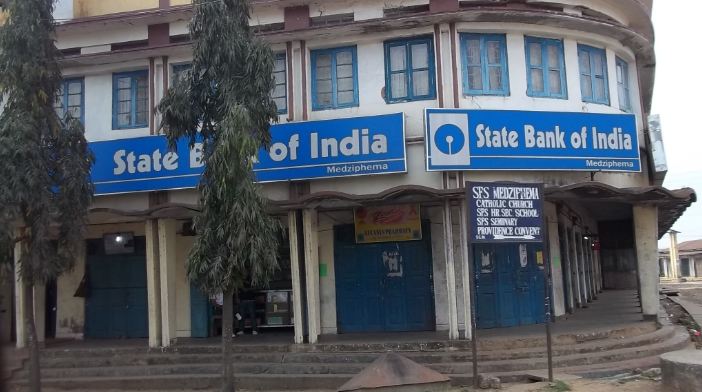
Top 10 Public Sector Banks in India
Content
India has a very strong financial system. The financial stability of a country can be judged by the strength of its banks. The banking sector in India is organized. The Reserve Bank of India is at the helm. You have different types of banks in India.
These are public sector banks or nationalized banks, private sector banks, cooperative banks, regional rural banks and primary agricultural credit societies. Foreign banks with branches in India also play an important role in maintaining financial stability.
About a decade ago, many of America's leading banks, such as Lehmann Brothers Inc., went into liquidation due to the mortgage crisis. Many large banks have faced the brunt of this crisis. However, it must be said that Indian banks remained unscathed. This is primarily due to the exemplary oversight exercised by the Reserve Bank of India and the strong inherent values of Indian banks in general.
Rating any bank is a complex task as many factors need to be taken into account such as the overall business of the bank, the quality of its assets, profit generation, customer satisfaction, market capitalization, etc.
In this article, we will look at the top ten public sector banks. This includes nationalized banks, State Bank of India and IDBI Bank. We treat the associated banks of the State Bank as one group, merged with the State Bank of India. We present our honest opinion based on statistics (audited balance sheets as at 31 March 2016). Below is a list of top ten public sector banks in India in 2022.
10. INDIAN OVERSEAS BANK
At number 10 we have Indian Overseas Bank from Chennai. Founded in 1937, Indian Overseas Bank has 3397 branches in India, about a third of which are located in Tamil Nadu alone. The bank has 8 branches abroad, all in Asia. The total business volume of the bank is around Rs 397241 17.40 crore. This bank has the highest percentage of non-performing assets (NPA) (2897%) among all other banks. This resulted in a huge loss for the bank of Rs 2015 crore in 16–.
09. SYNDICATE BANK:

Syndicate Bank, a branch in Manipal, is ranked 9th in this list of top 10 public sector banks in India. Founded in 1925, this bank is located in South India. However, in recent times they have also ventured north. With a total branch count of 3766, Syndicate Bank has a total business of Rs 468184 crore. The NPA level (6.70%) in this bank is comparatively lower compared to its peers. Syndicate Bank posted a loss of Rs 1643 crore in 2015–16.
08. IDBI BANK:
This is the only bank on this list that does not belong to the nationalized banking sector. However, the Government of India's ownership share is the same as that of other nationalized banks. Thus, you can consider this bank as a public sector bank. This bank, headquartered in Mumbai, was founded in 1964 by a special act of parliament. With a total number of branches of 1846 branches, this bank has a business level of Rs 481613 11.52 crore. The bank has a high NPA position (3664%), resulting in a bank loss of Rs 2015 crore in 16-8. By general parameters, this bank occupies the -th place in this list.
07. CENTRAL BANK OF INDIA:

Founded in 1911 by eminent banker Sir Sorabji Pochkanwala, this bank is located in Mumbai. However, it has a large presence in the northern states as well. Known for its good customer service and for encouraging the use of Hindi in official correspondence, this bank has a total of 4728 branches across India. At one time, this bank was ranked first in the ranking. However, it has now dropped to 1st place with a total business of Rs 7 crore. The bank has a high NPA (456336%), which reduces its profitability. Posting a loss of Rs 11.95 crore in 1418-2015, the company hopes to make a profit this year.
06. BANK OF INDIA:

Bank of India, one of the oldest banks in India, is also based in Mumbai. In existence since 1906, this bank has been in stable business over the years, reaching a figure of Rs 872190 crores. It is predominantly a bank based in Western India with a good presence in the north as well. You can compare this bank in size with the Central Bank of India. Bank of India has about 5077 branches, of which 61 are located overseas.
This bank has a very high NPA percentage (13.89%). Hence, you will find a deterioration in profit margins as the bank suffered one of the biggest losses this year of Rs 6089 crores. They say they have thoroughly cleaned up their accounts and hope to rectify the situation this year. Only time can tell if this bank will move forward from its current number 6.
05. CANARA BANK:
After a few banks in Mumbai, we come back to the southern bank, Canara Bank number 5. It is a reliable bank headquartered in Bangalore with about 5849 branches, including 9 branches abroad. Founded in Mangalore in 1906, this bank has achieved great success and has been one of the top three banks in India for many years. With a total business of Rs 3 crore, this bank posted a loss of Rs 804507 crore in 2812-2015 due to recent slippages. To date, the NPA percentage (16%) has hovered around the national average. However, having ranked 9.74 this year, it has the potential to move up in the future.
04. BANK BARODA:
The western regions of India have the highest percentage of nationalized banks, with the Bank of Baroda headquartered in Mandvi, Baroda in Gujarat. Along with Bank of India, this bank is well represented abroad with 49 branches, most of which are located in the Gulf countries. The total number of its branches is 5379. Founded in 1908, it was one of the first banks to be nationalized in 1969. The total volume of operations of this bank is Rs 957808 10.56 crores, which is one of the highest in the industry along with the National Bank of Punjab. This bank has a high NPA percentage (5395%), having reported a net loss of Rs 2015 crore in 16–. This is part of the cleaning process.
03. UNION BANK OF INDIA:

Union Bank of India is a Mumbai-based bank founded in 1919. One of the few banks in India to make a net profit this year, the bank's total business is Rs 620445 crore 8.70 crore. With a decent NPA percentage (4200%), this bank has done very well this year, climbing several positions ahead of its peers such as Canara Bank, etc. With 4 branches, of which 1351 are located abroad, this bank has published net profit of Rs 2015 crore in 16-3 years. The bank deserves a place among the top three in India due to its excellent performance this year.
02. PUNJAB NATIONAL BANK:
From the south and west we move towards the northern part of India. Founded in 1894 and headquartered in Delhi, the Punjab National Bank is one of the oldest banks in India. This bank has the highest business performance among nationalized banks in India with a total business volume of Rs 965377 crore 13.54 crore. However, this bank has a high NPA percentage - 2015% in 16-3974. This is the reason for posting a loss of Rs 6760 crore for this fiscal year. With about 2 branches, this bank can take the second place after the State Bank of India.
01. STATE BANK OF INDIA:

Originally founded as the Bank of Calcutta in 1806, this bank became the Imperial Bank of India in 1921. The bank was named the State Bank of India by a special act of Parliament in 1955. It was the first bank to face nationalization in 1956. The State Bank of India had seven associated banks. It subsequently took over two of them and today only five associated banks remain.
It is the "Big Daddy" of all banks in India with over 13000 31,94,422 branches and a business of Rs 6.71 9950 crore. The entire financial business of the Indian government is located in this bank. This bank has the lowest NPA percentage among all banks (1%). With a net profit of crores of rupees this financial year, this bank is poised to take the top spot in the coming years. The remaining banks can compete for positions No. and beyond.
Although banking has several parameters to evaluate, we have only focused on the main aspects of the business. You can see that most of the banks have suffered big losses this year. This is because all banks are in the process of cleaning up their balance sheets before the Basel III regulations come into effect in 2022. Despite the losses, credit must be given to the work of these Indian banks for their ability to withstand the most severe financial shocks.
